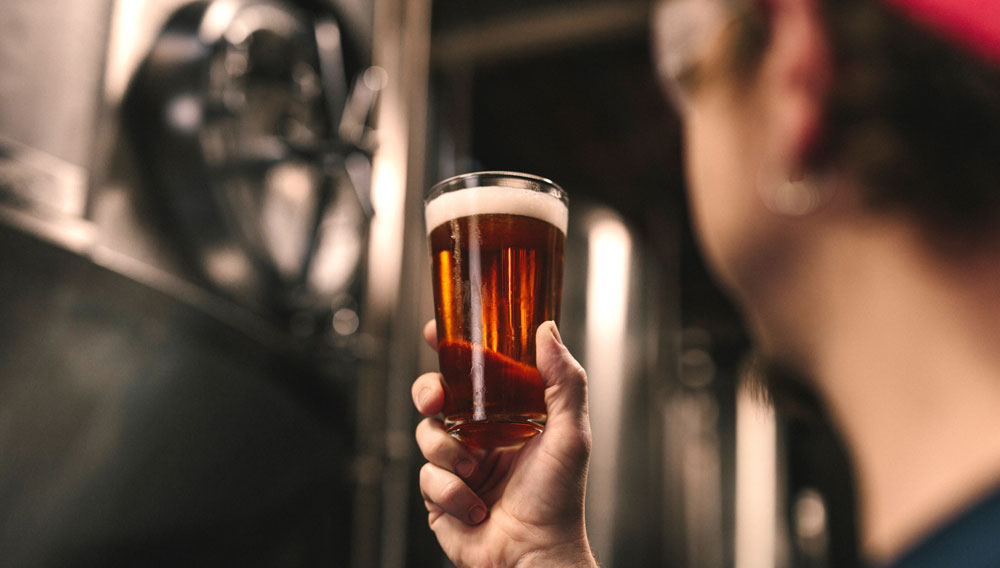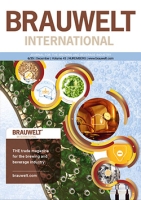Possibilities for Optimising Wort Preparation – Part 1
Wort preparation is at the heart of beer production as the wort to be fermented is prepared from the natural raw materials water, malt and hops. The various steps are based on different unit operations. This five-part series of publications aims at improving evaporation of undesirable aroma substances. Part 1 covers practical implementation of DMS calculation published in BRAUWELT International No. 4, 2014, pp. 217-219, No. 5, 2014, pp. 284-288, No. 6, 2014, pp. 354-357.



 6 print issues
6 print issues